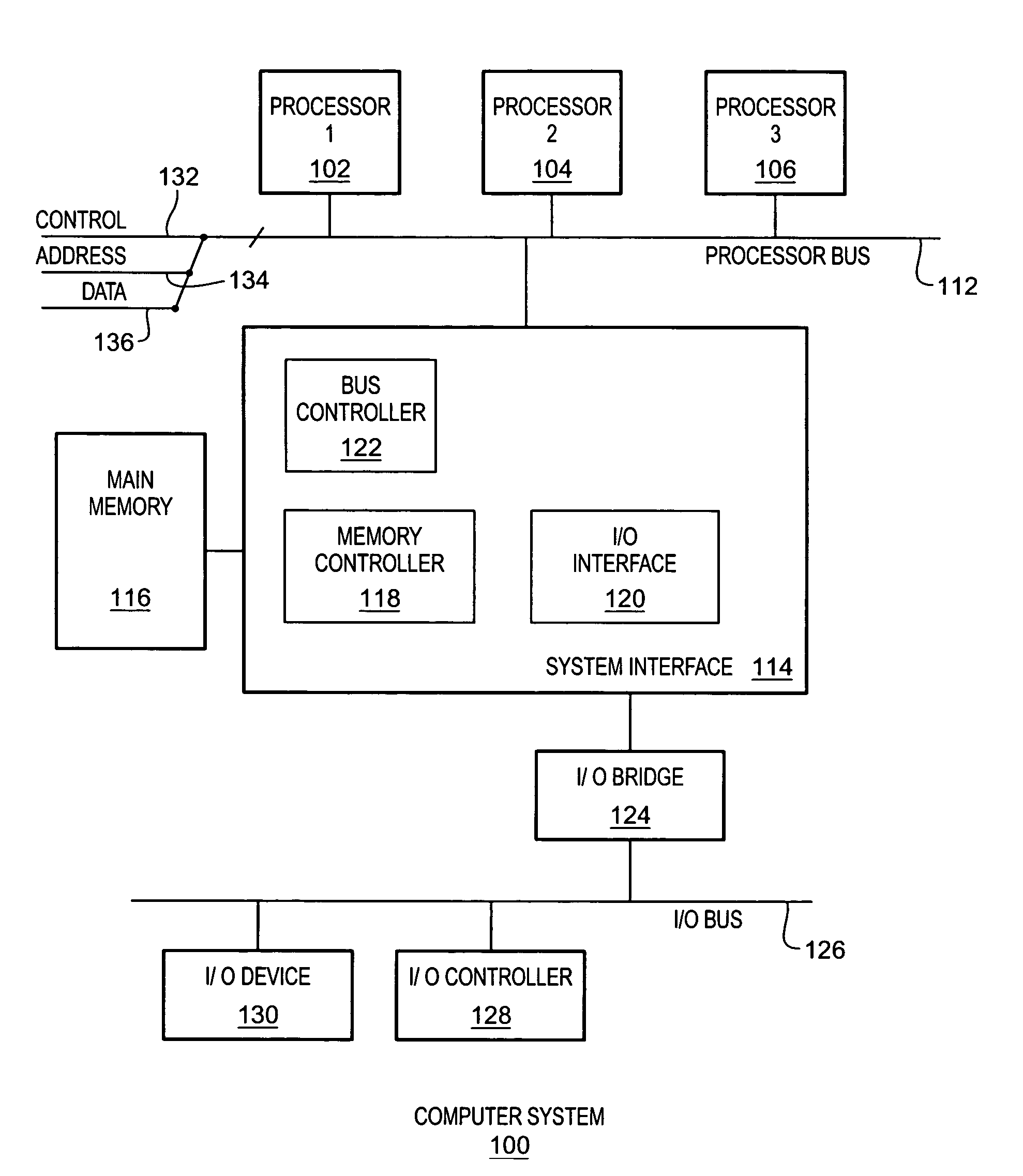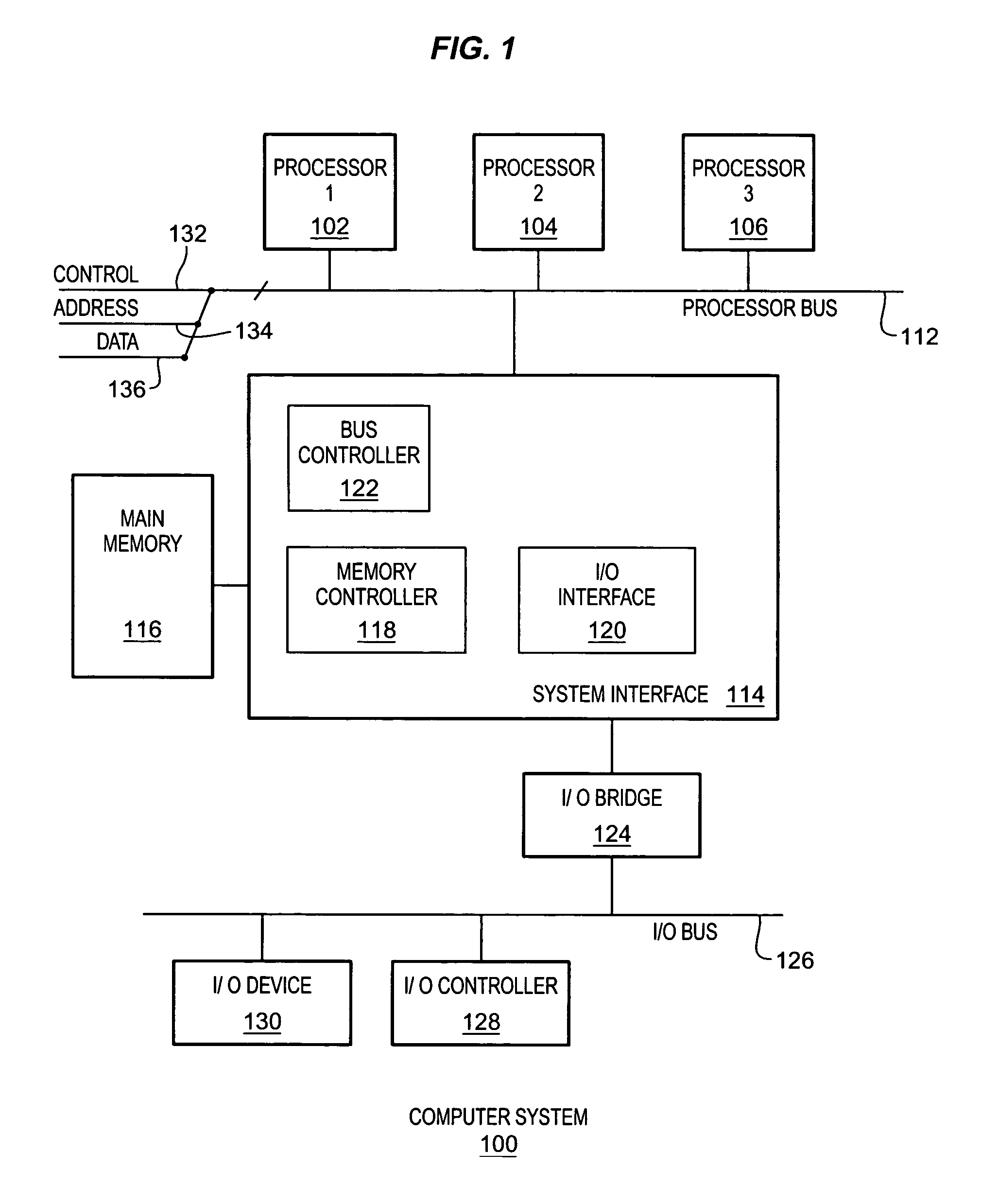Extended trusted computing base
a trusted computing and extended technology, applied in the field of secure communications, can solve the problems of insufficient tcb, insufficient conventional hardware mechanisms to build tcb, and difficulty in maintaining the system in a continually trustworthy sta
- Summary
- Abstract
- Description
- Claims
- Application Information
AI Technical Summary
Benefits of technology
Problems solved by technology
Method used
Image
Examples
Embodiment Construction
[0015]A method and apparatus are described for extending a Trusted Computing Base (TCB) of a computer system or device (system). According to one embodiment, a hardware TCB of a system having trustworthy hardware components, including a Trusted Platform Module (TPM), may be extended into one or more layers of software TCB. The hardware TCB may be extended by adding one or more layers of software TCB to it. According to one embodiment, the properties associated with the hardware TCB may be transferred to the one or more layers of software TCB. The properties of the hardware TCB may include its trust and security properties. According to one embodiment, by having the trust and security properties of the hardware TCB projected onto the one or more layers of software TCB, the hardware TCB may be extended to overcome its hardware-related limitations.
[0016]According to one embodiment, the hardware TCB may be extended vertically and / or horizontally to create a more flexible, secure, trustw...
PUM
 Login to View More
Login to View More Abstract
Description
Claims
Application Information
 Login to View More
Login to View More - R&D
- Intellectual Property
- Life Sciences
- Materials
- Tech Scout
- Unparalleled Data Quality
- Higher Quality Content
- 60% Fewer Hallucinations
Browse by: Latest US Patents, China's latest patents, Technical Efficacy Thesaurus, Application Domain, Technology Topic, Popular Technical Reports.
© 2025 PatSnap. All rights reserved.Legal|Privacy policy|Modern Slavery Act Transparency Statement|Sitemap|About US| Contact US: help@patsnap.com



